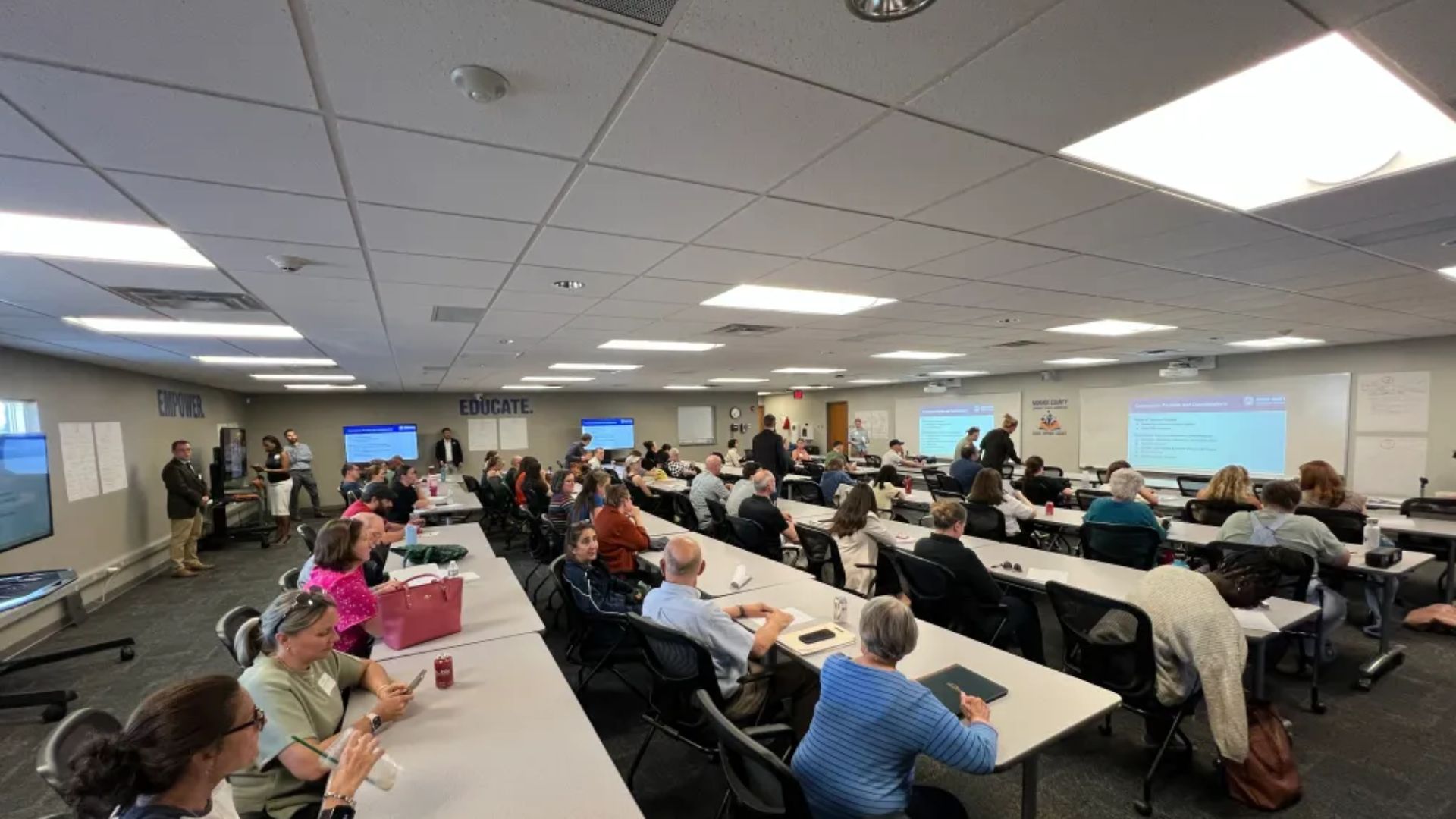Monroe County, Indiana – The Monroe County Community School Corporation (MCCSC) has taken another step forward in its ongoing Redistricting Study, presenting a preliminary report to the Board of School Trustees during their regular meeting on Tuesday, August 26. The update, led by Dr. Tim Dowling, director of enrollment and early learning, focused on three major themes: the goals and timeline of the process, the ways in which the public has been involved, and how redistricting scenarios are being selected for review.
The Redistricting Study was launched with the intent of addressing key challenges across the district, particularly balancing socio-economic status among schools while also keeping an eye on financial responsibility. The study will weigh the long-term cost-effectiveness of current boundaries compared with possible redistricted models, a task that requires both technical expertise and strong community input.
From the very beginning, MCCSC has made clear that public participation is at the center of the effort. According to Dr. Dowling, the Redistricting Study Commission was designed to ensure that community voices had a seat at the table.
“The Redistricting Study Commission was formed in March 2025 to involve the public in the Redistricting Study,” said Dr. Dowling. “We advertised membership widely, and no applicants were turned away. Our 92 Commission members include teachers, staff, principals, current and former students, and community members. We are deeply grateful for their continued involvement and conversation.”
That wide-ranging involvement is expected to continue throughout the winter months as the Commission studies and debates multiple redistricting scenarios. Each meeting provides an opportunity to examine the impact of proposed changes, using maps of current and potential school boundaries alongside a detailed breakdown of student demographics. Data reviewed by the Commission includes the percentage of students who qualify for Free or Reduced Lunch, the number of students who might be reassigned, and a variety of other educational and logistical indicators.
Scenarios themselves are not chosen at random. Dr. Dowling emphasized that each option under review had to come from one of three sources: requests made directly by Commission members, alignment with the Board’s established priorities, or recommendations provided by the demographic consultant hired by the Board of School Trustees in 2024.
“Each scenario being studied was chosen because it was requested by Commission members, aligned with the Board’s priorities, or it came from the demographic consultant hired by the Board of School Trustees in 2024,” Dowling explained.
The review process has also been structured around a rubric that ties together the priorities of both district leadership and the community. The Board of School Trustees has identified its two most important goals as balancing socioeconomic status across schools and ensuring that redistricting decisions remain cost-effective. To complement those goals, the district also collected public feedback through a survey conducted earlier this year.
“The Board of School Trustees’ top two priorities are balancing socioeconomic status and cost effectiveness,” said Dr. Dowling. “Through a public survey, we gathered the public and Commission members’ top considerations that should be used to evaluate the redistricting scenarios. Through 333 survey responses, they chose these considerations: Capacity, Resource Allocation, and Class Sizes; Minimizing Student Reassignment; Transportation; and a ‘Neighborhood Schools’ concept.”
Those five considerations will help the Commission assess the strengths and weaknesses of each proposed redistricting map. While the process is still in its early phases, MCCSC officials expect the end result to be an informational report summarizing the Commission’s work and recommendations. That report will be presented to the Board of School Trustees in the spring of 2026, giving trustees additional time to weigh the findings before making any final decisions.
For now, district leaders stress that the study is not only about maps and data, but about creating a process that the public can trust. The Commission’s broad membership, the use of survey input, and the ongoing opportunities for conversation are all designed to reflect the values of transparency and shared responsibility.
Parents and community members who want to follow the study more closely are encouraged to visit the district’s website at mccsc.edu/redistricting, where updates are regularly posted. Visitors can also sign up for email updates to stay informed as the work progresses.
The Commission’s final months of study are expected to be detailed and sometimes difficult, as any decision about school boundaries can affect hundreds of students and families. But for MCCSC officials, the involvement of teachers, families, and community voices is what gives the process legitimacy. The emphasis on collaboration will continue to guide the work as the district prepares for what could be some of the most significant redistricting decisions in recent years.









